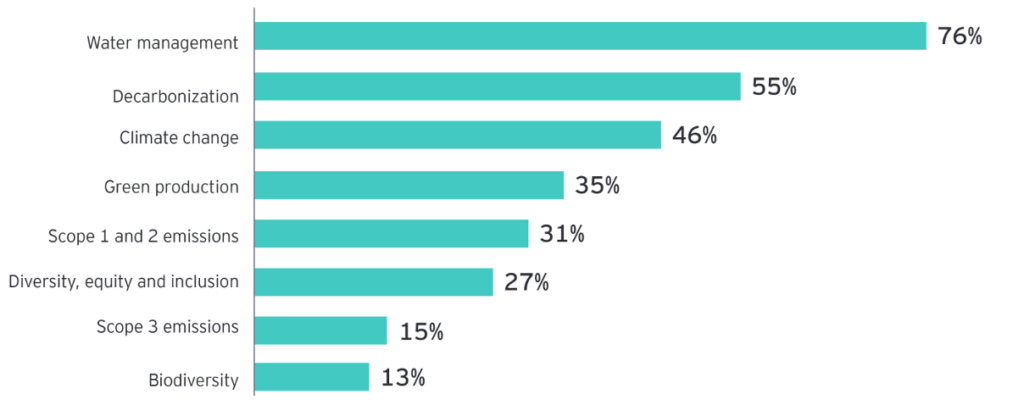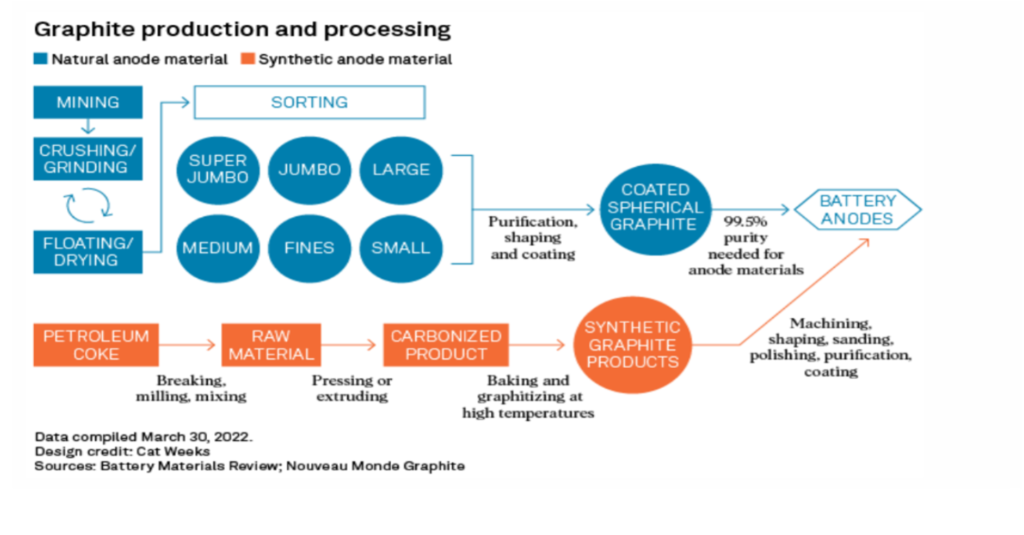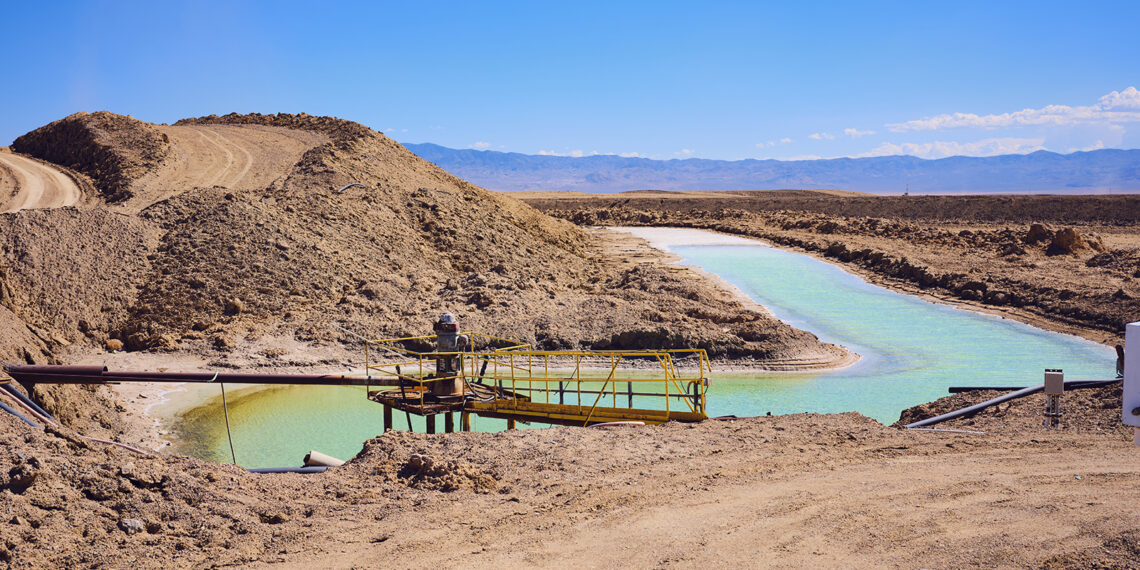Energy transition metals are rapidly taking the world by storm, and consumer demand for lithium, copper, graphite, and cobalt has exploded.
The driver behind this global frenzy is the race to find greener technological alternatives to fossil fuel-based technology, such as electric vehicles (EVs), wind turbines, and solar energy, all of which have been acknowledged as the building blocks to our decarbonized future. But what many people do not acknowledge is that these green alternatives require vast amounts of materials.
The sheer velocity at which these materials are expected to be expended over the next 10 years creates several concerns, the most pressing of which being environmental, social, and governance (ESG).
This creates a paradox involving the imminent need for the market to match demand, whilst innovating and embracing ESG solutions to cope with the immense amount of mining needed. The graphic below depicts the central ESG concerns facing mining companies today.

S&P Global noted that in response to increased ESG pressures trailing the mining community, The Initiative for Responsible Mining Assurance, or IRMA, newly introduced a collection of industry-wide criteria led by a syndicate of labour unions, communities that govern in conjunction with private sector chiefs, and nongovernmental organizations. IRMA provides a certification procedure to foster environmental and social best practices in mineral processing.
“With the top of the supply chain attracting more scrutiny, sustainable innovations in mineral processing will be crucial”, said IRMA executive director, Aimee Boulanger.
“I think people are definitely finally looking at the top of the supply chain and saying that the fact these minerals are going to be used for green energy alone is not enough.
“That does not negate the importance of running a responsible operation, so we don’t undermine our goals. In a climate-stressed world, if we go to get these minerals and we further de-water arid environments, we are definitely creating an inherent problem in our solution,” Boulanger added.
EVs currently dictate most dialogues regarding the energy transition. However, EV batteries and energy storage systems rely primarily on several ESG-strained materials, including graphite, causing estimated demand to triple by 2030.
China dominates both natural and synthetic graphite production, which raises fears surrounding geopolitical tensions and complications disrupting the supply chain, particularly in the wake of growing complexities surrounding the Ukraine war and increased sovereign risk. Furthermore, the production of synthetic graphite relies on a concoction of fossil fuels, including petroleum coke.
Natural graphite, while less emission intensive, still involves cleansing unearthed ore body using hydrofluoric acid and sodium hydroxide, a practice that can be hazardous to local ecosystems if waste product is not suitably regulated. This creates a quandary for automakers driving EVs as a zero-carbon transportation answer.
A few new natural graphite companies have opted to turn to renewable energy to power their refining facilities or have initiated plans to embrace electrified mining equipment in order to maintain minimal carbon emissions. However, these projects will take time to come online.

Next on the list is lithium. EVs rely heavily on lithium to reduce the overall size of a car’s battery while still allowing it to retain maximum energy storage capacities. The two primary extraction methods, hard rock mining and lithium brine mining, both have environmental ramifications, yet the scale required to support the green energy transition is more recently invoking governments to grant licences to new lithium mines, regardless of ferocious remonstrance from the public.
This is something most recently seen in Portugal – where despite protestation, the Portuguese environment ministry has said an assessment conducted by the country’s energy and geology agency, which analysed eight lithium-rich areas in central and northern Portugal, has concluded that “there were conditions to move forward in six of them”.
All is not lost however, as well as new guidelines from organizations such as the IRMA, new technologies are also moving to the forefront of the lithium ESG battle, including Direct Lithium Extraction (DLE). DLE technology innovates traditional lithium extraction methods and optimizes the extraction of lithium from brines by an environmental and economic metric. It involves three steps: absorption, ion exchange, and solvent extraction, all while recycling 98% of the brine water, alleviating concerns surrounding water stewardship.
While this article only highlights a minute amount of ESG dilemmas and solutions facing the mining community today, it also emphasizes the imminent decarbonization of the energy sector. This all-encompassing decarbonization will unavoidably require mining-sourced materials, meaning ESG concerns – and solutions – will be travelling to forefront of the green conversation, and it’s up to companies and organizations alike to embrace them.












